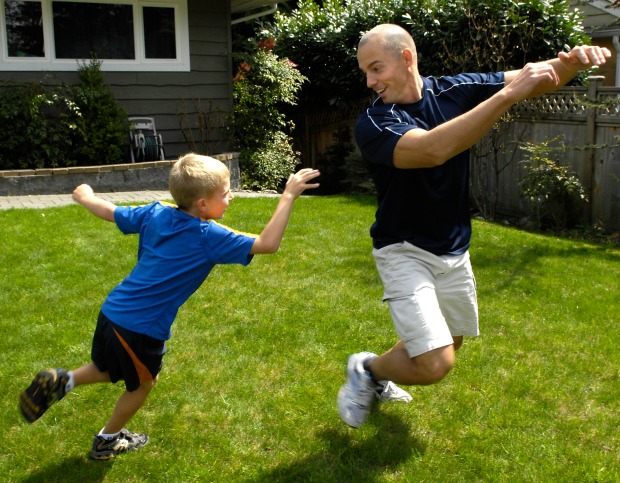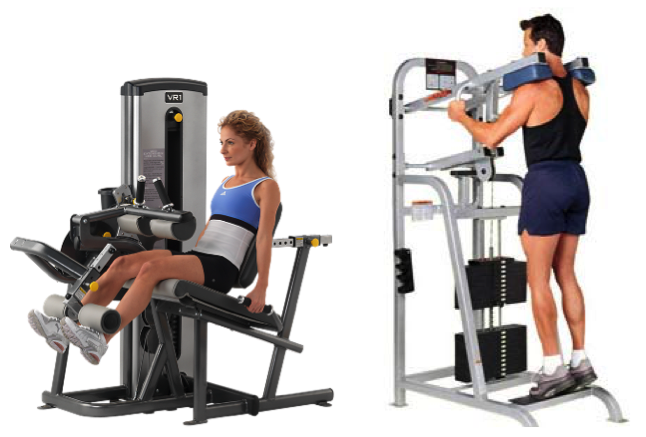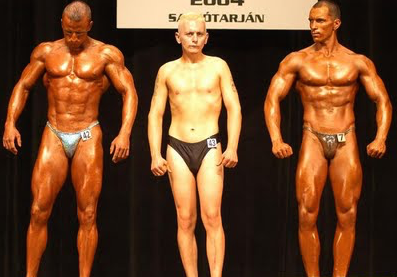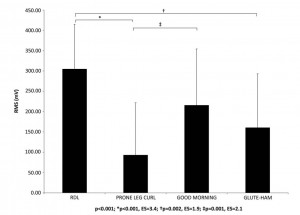Strong hamstrings are an essential part of a balanced anti-fragile physique.
Research in the journal Clinical Biomechanics found that decreased hamstring strength increased loading on the ACL by 36% during side-step cutting.
This is why training the legs (just as much as the upper body), and training the back of the legs (just as much as the front) is not only essential for athletes, but it’s an important consideration for you and I (in everyday life).

Since the hamstrings cross two joints (biarticular muscle), many exercise specialists believe they need to be strengthened in the movement that originates from the knee as well as the hip. So, often they recommend including a prone (or lying) leg curl in your resistance training plan to achieve full development of the hamstrings and stay balanced and injury-free. But is this really the case?
Research does suggest that the lying leg curl is better at activating the lower lateral and lower medial hamstrings compared to the semi-stiff leg deadlift, but this doesn’t necessarily mean it’s a required movement. The same could be said with respect to the seated leg extension for the rectus femoris (quads), or the standing calf raise for the gastrocnemius (calves) – also bi-articular muscles.

And if we’re travelling down that path, we may as well make the argument that the biceps are better activated during an arm curl compared to a row, and the triceps during an overhead extension instead of a bench press. Until next thing you know we’re hitting the gym 6 days a week to make sure we isolate everything!
We’re better off avoiding isolation all together, and focusing on getting strong in the 4 movements that matter – Push, Pull, Bend, and Extend.
Building functional, real-life applicable strength should be the goal of resistance-training for the majority, and this is best achieved with free-weight compound movements. Isolated exercises may elicit superior activation of a few specific muscles, but they are unnecessary in improving our ability to squat, lift, carry, jump, and sprint. Especially for individuals that don’t have the time, or don’t have the motivation to drag their butt to the gym more than 3-4 days per week.

Realistically, weighted knee-bending and hip-extending is all that’s required to improve jumping and running ability. And any flexion that occurs in the hamstring, or extension that occurs at the knee during running is usually minimal and non-weighted. The predominant muscles bringing the knee to 90 degrees while running (or jumping with the knees up) are the hip flexors. Similar to the way the muscles of the back bring the elbow to 90 degrees when rowing. Sure, the biceps are doing some work (like the hamstring) but it’s predominantly the back (like the hips). And in both cases, the best way to train that movement is to do it. So, for the bicep, that’s a pull-up or row, and for the hamstrings, that’s any exercise that works the knee drive.
Moreover, since the leg is generally non-weighted when performing a knee drive in everyday life, this can easily be achieved with a variety of plyometric exercises. When we do want to add resistance to the knee-drive movement, we’re better off avoiding loading the foot or knee. Instead, we should load the body as a whole and continue to execute knee-drive maneuvers dynamically – with step-ups and lunges.
For those who are interested, here’s the activation of the two major muscles of the hamstrings during the eccentric (lowering) phase of the various exercise options:


As you can see, the Romanian Deadlift (RDL) and the Good Morning do a pretty sufficient job of activating the hamstrings on their own. And with the addition of the dynamic bending exercises we just discussed (like the lunge and step-up) I think it’s safe to say we’re not missing out on anything by skipping leg curls…
…just don’t go skipping leg day!
Stay Lean!
Coach Mike
RELATED ARTICLES:
5 Exercises You Should Be Doing Daily
